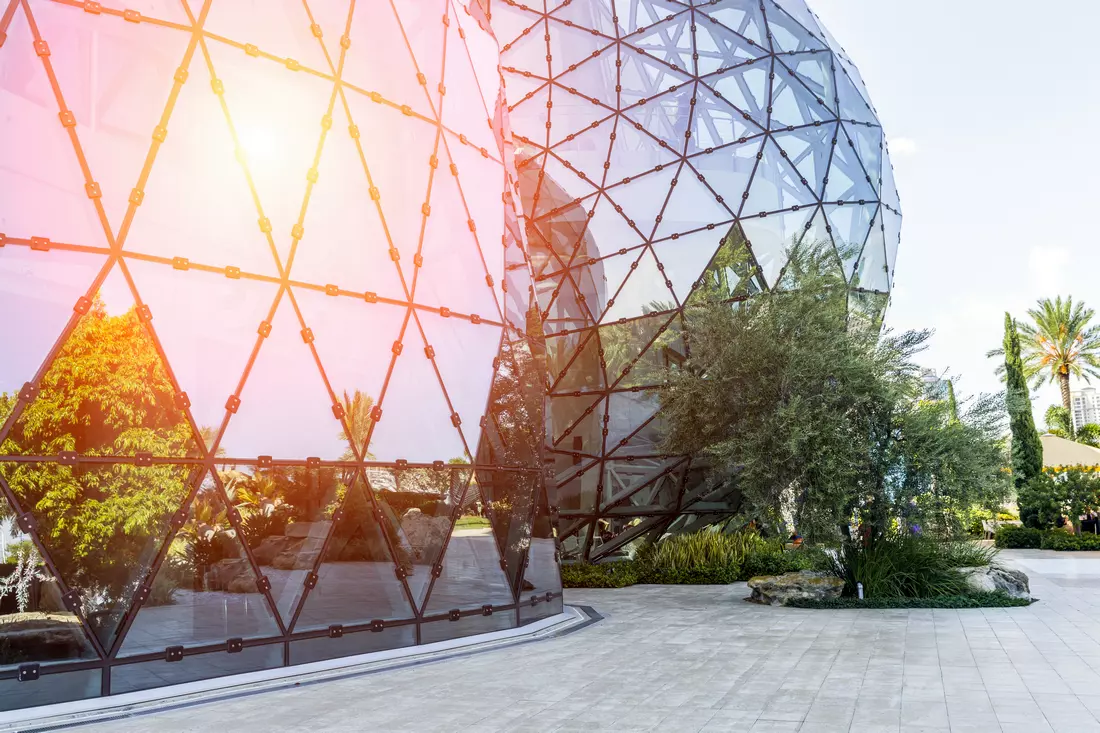SpaceX is not just a space company; it's a symbol of a new era in space exploration. Founded by Elon Musk in 2002, it set out with an ambitious goal — to make space travel accessible and, eventually, colonize Mars. In the early 2000s, the idea of private space launches seemed like a utopian dream: the space industry was dominated by government agencies such as NASA and Roscosmos. However, SpaceX has proven that commercial companies can not only catch up with government entities but even surpass them in efficiency, innovation, and launch costs.
In this article, we'll take a deep dive into SpaceX's success story, its key projects, its impact on the industry, and the future of space exploration.
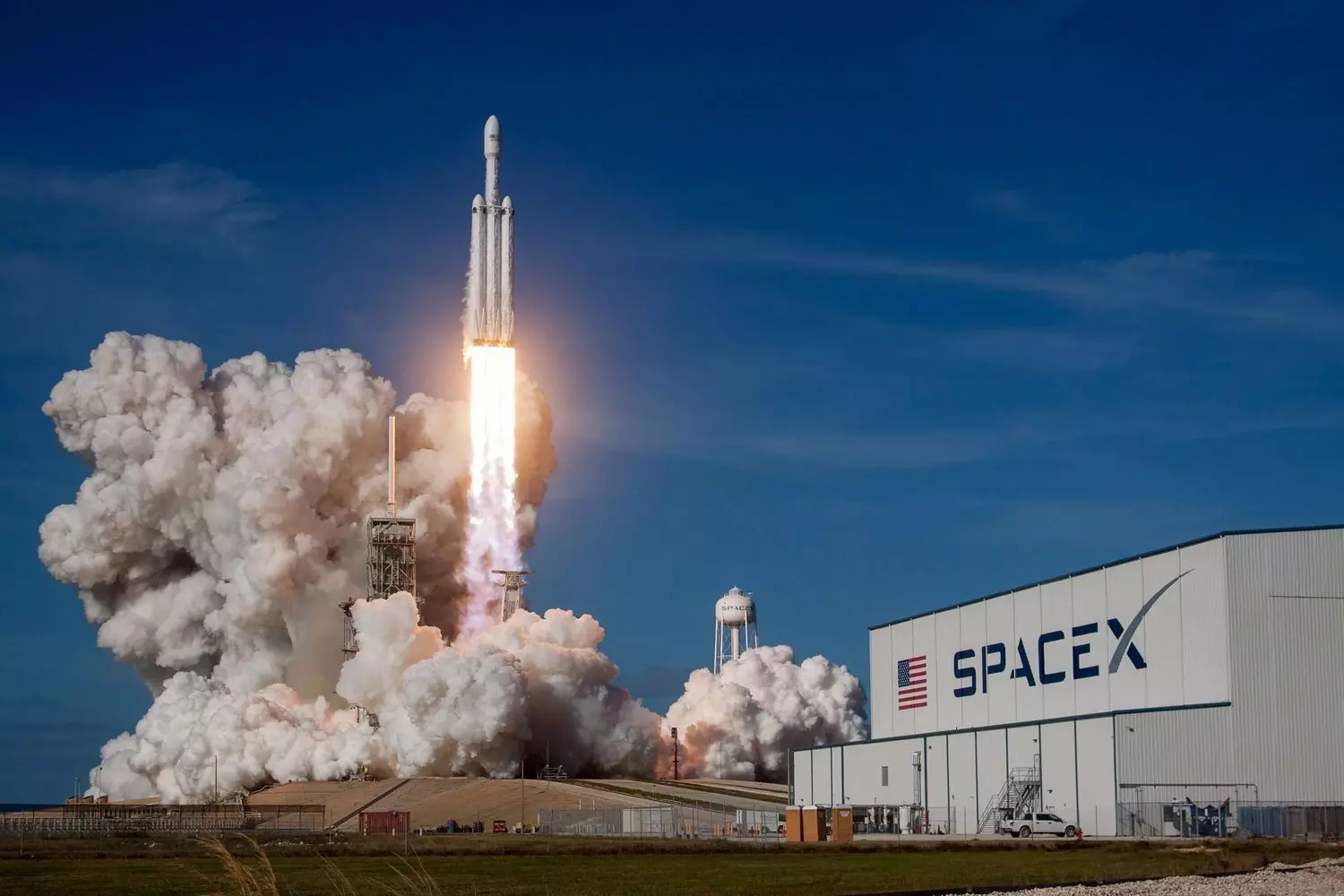
The cost of a single Falcon 9 launch is approximately $67 million, making it significantly cheaper than competitor offerings.
Early Years and Initial Successes
SpaceX was founded by Elon Musk in 2002 with the ambitious goal of reducing the cost of space travel and making Mars colonization possible. The company's first years were extremely challenging: the launches of its first rockets were plagued by failures, and funding was running out. The first three Falcon 1 launches ended in failure, and it wasn’t until the fourth attempt in 2008 that success was achieved. That historic launch marked Falcon 1 as the first privately developed liquid-fueled rocket to reach orbit. The success attracted NASA's attention, and SpaceX secured a contract to deliver cargo to the International Space Station, which provided the company with financial stability and confidence in its technologies.
Elon Musk is an entrepreneur, engineer, and inventor, born in 1971 in South Africa. He's always been passionate about science and technology, and after moving to the United States, he founded several major companies, including PayPal, Tesla, and Neuralink. His interest in space dates back to his childhood, fueled by the works of Isaac Asimov and Carl Sagan. Musk was inspired by the idea of making humanity a multi-planetary species, which became the core mission of SpaceX.
The early years of the company were anything but easy. Several failed launches, financial struggles, and skepticism from industry experts threatened the existence of the project. However, perseverance, engineering brilliance, and a commitment to innovation allowed SpaceX to survive. Today, the company is a leader in space technology, conducting dozens of launches per year, developing new spacecraft, and making plans for deep space exploration.
In 2018, Elon Musk smoked marijuana on the Joe Rogan podcast, which caused a media stir and drew critical comments from investors.
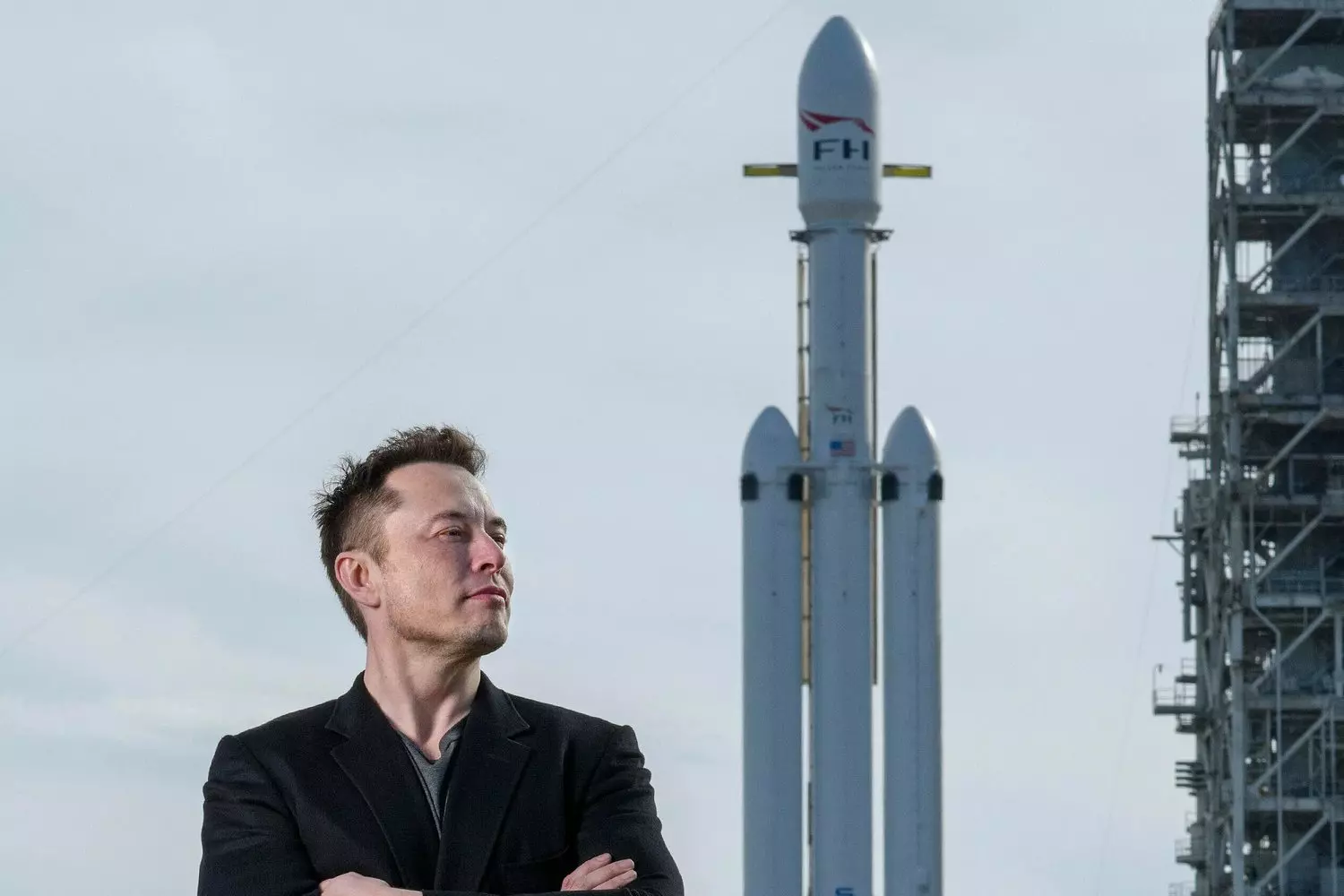
Falcon 9 and the Rocket Reusability Revolution
The development of the Falcon 9 rocket was the next major step for SpaceX. Its first successful launch took place in 2010. This rocket became the foundation for many of SpaceX's subsequent missions. However, before the Falcon 9, the company developed the Falcon 1 — a small, expendable launch vehicle that, in 2008, became the first privately developed liquid-fueled rocket to reach orbit. Despite its success, Falcon 1 proved economically unfeasible, which led the company to develop the more powerful and reusable Falcon 9.
- A major breakthrough in SpaceX's history came through its contracts with NASA. In 2006, the agency selected SpaceX for the Commercial Orbital Transportation Services (COTS) program, and in 2008, the company secured a $1.6 billion contract to deliver cargo to the International Space Station (ISS) using the Dragon capsule and Falcon 9 rocket. Later, in 2014, NASA entrusted SpaceX with astronaut transportation under the Commercial Crew Program, making SpaceX the first private company to send humans into space.
- Falcon 9 is best known for its first-stage reusability, significantly reducing launch costs and making space missions more economically viable. In 2015, SpaceX successfully landed the first stage of the Falcon 9 after an orbital launch, opening a new era in spaceflight.
- To date, the company has conducted over 200 successful Falcon 9 launches, and individual first-stage boosters have been reused up to 17 times, showcasing the effectiveness of reusable technology. Moreover, thanks to Falcon 9, SpaceX has established regular cargo and crewed missions to the International Space Station, providing the United States with independent access to space.
Falcon Heavy — The Most Powerful Rocket of Our Time
In 2018, the first launch of Falcon Heavy took place — the most powerful operational launch vehicle at that time. Capable of lifting up to 64 tons of cargo into low Earth orbit, it became one of the heaviest-lifting rockets in history. Falcon Heavy consists of three Falcon 9 first stages combined into a single unit, allowing it to carry heavy satellites and interplanetary missions.
The demonstration flight captured global attention thanks to SpaceX's unconventional marketing move: a Tesla Roadster was sent into space with a mannequin named Starman behind the wheel. The car continues its journey through the solar system. This launch demonstrated Falcon Heavy's capabilities and confirmed SpaceX's ability to perform complex commercial and scientific missions, including future missions to the Moon and Mars.
Landing on Floating Platforms Technology
One of SpaceX's revolutionary achievements is the creation of autonomous sea-based platforms, where the Falcon 9 and Falcon Heavy rockets land after completing their missions. These platforms, named "Of Course I Still Love You", "Just Read the Instructions" and "A Shortfall of Gravitas" allow for landings in the open ocean where ground landing sites are inaccessible. The first successful landing on one of these platforms took place in 2016. This technology has significantly reduced launch costs, enabled rocket reusability, and made spaceflight more economically sustainable. Thanks to this innovation, SpaceX has made considerable progress toward creating fully reusable cargo and crew transport systems to orbit.
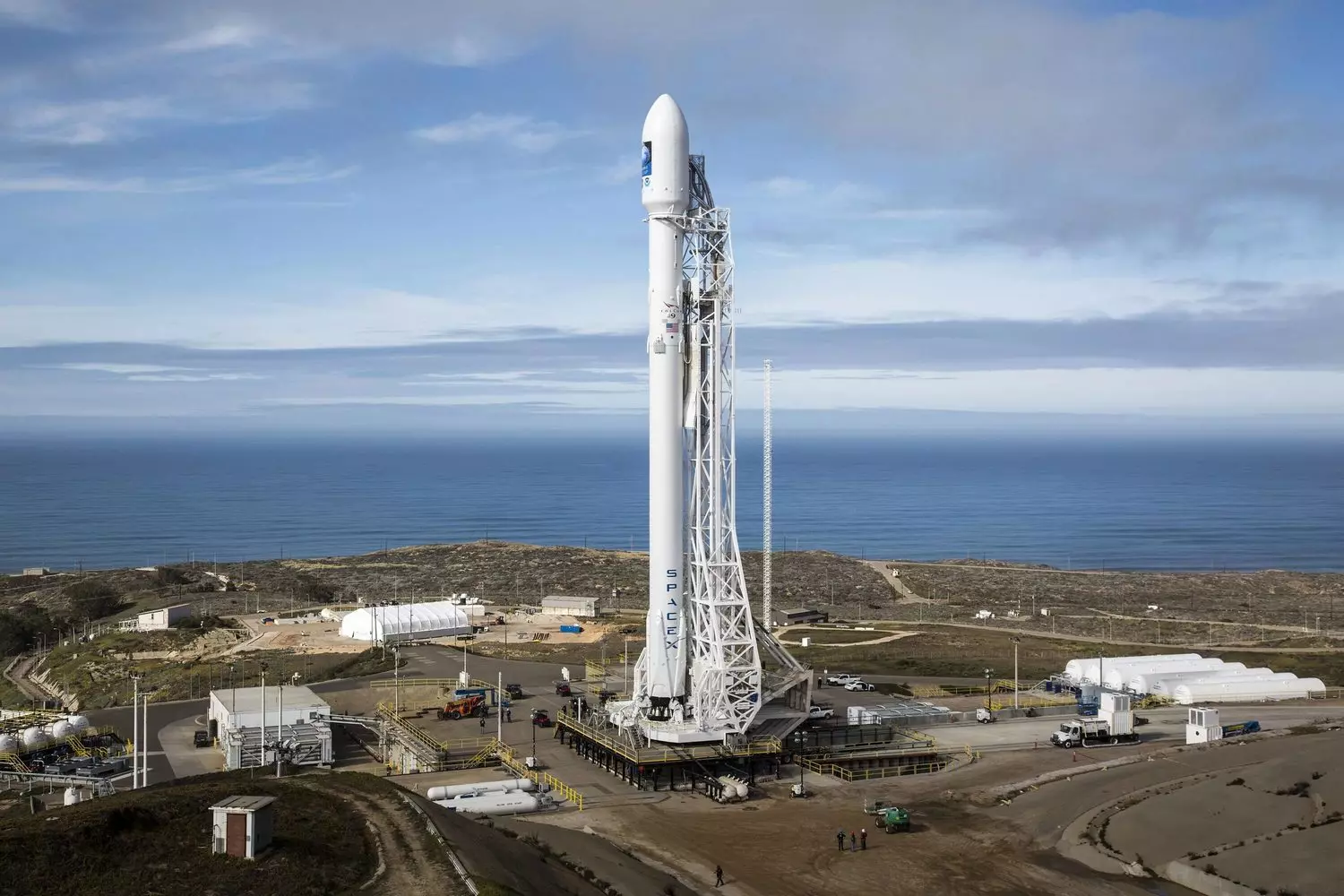
Starship — The Ship for Mars Colonization
Starship is one of SpaceX's most ambitious projects. It’s a fully reusable rocket-ship designed for missions to the Moon, Mars, and beyond the solar system. Its concept was developed to create a transportation system capable of carrying large numbers of people and cargo over long distances in space, serving as the foundation for future colonies on other planets.
Starship development is taking place in Boca Chica, Texas, where SpaceX has built a dedicated test facility. Regular test launches and component trials are held here. The primary focus is on reusability, which will significantly lower the cost of space travel and improve mission efficiency.
The Starship project consists of two main parts:
- Super Heavy (the first stage) and Starship (the second stage)
Super Heavy is designed to deliver Starship into orbit, after which Starship can continue its journey into space. This setup allows both parts of the rocket to be reused multiple times, drastically reducing launch costs. - SpaceX plans to use Starship for Mars colonization, establishing lunar bases, and conducting deep space missions. This could be a crucial step toward realizing Elon Musk's dream of making humanity a multi-planetary species. Starship may also play a key role in NASA's Artemis program for lunar exploration and in preparing for interplanetary flights.
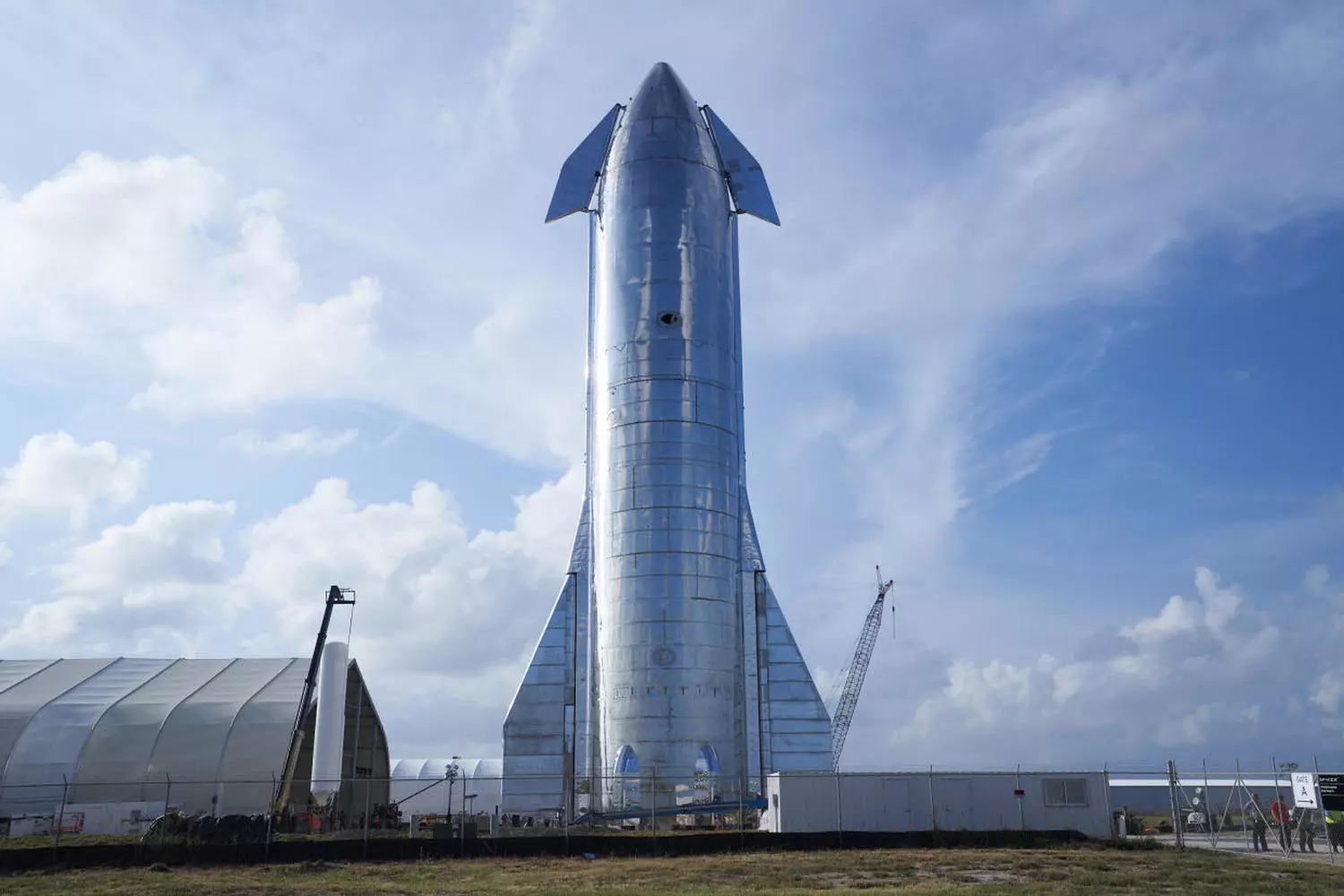
Dragon: The Capsule That Transformed Space Transportation
The Dragon spacecraft developed by SpaceX has become one of the most significant achievements in the commercial exploration of space. Designed for both cargo and crew transport, Dragon completely revolutionized the approach to space travel, symbolizing a new era where private companies are taking on roles traditionally filled by government agencies like NASA.
The Dragon spacecraft was developed by SpaceX with the goal of creating a more affordable, efficient, and safe method for delivering both cargo and crew into orbit. To achieve this, SpaceX created two versions of the spacecraft — Cargo Dragon, designed for cargo missions, and Crew Dragon, specifically for transporting astronauts.
Cargo Dragon made its debut in 2010, becoming the first privately developed spacecraft to dock with the International Space Station (ISS). This success opened up new possibilities for private companies in the space industry. Crew Dragon, on the other hand, became the first private spacecraft to send humans into space in 2020, demonstrating exceptional capabilities for crewed missions.
Innovative Technologies of Dragon
What sets Dragon apart from traditional spacecraft is its unique array of technologies that ensure safety, efficiency, and reusability:
- Docking with the ISS
Dragon became the first private spacecraft to successfully dock with the ISS, thanks to an innovative automatic and manual docking control system. - Reusability
Designed with reusability in mind, Dragon can be returned to Earth after completing its mission, reducing launch costs and making space missions more economically viable. - Emergency Escape System
Crew Dragon is equipped with a special emergency escape system that can detach the spacecraft from the rocket in case of danger and safely return the crew to Earth. - Jet Landing
After completing its mission, Dragon uses parachutes and braking systems to safely land in the ocean, where a SpaceX recovery team retrieves it.
Dragon has significantly accelerated the development of private space transportation. Since Crew Dragon sent the first astronauts into space, SpaceX has solidified its position as a leader in space transport. This success has been fueled by private contracts with NASA, as well as the company’s efforts to improve launch technology and enhance the reliability of its spacecraft.
The arrival of Dragon not only sped up missions but also opened new opportunities for commercial launches and scientific research, leading to a surge in private investment interest in the space industry.
In the future, Dragon will continue to play a key role in missions related to the International Space Station as well as projects to the Moon and Mars. SpaceX is actively developing a new version of Crew Dragon, improving safety systems and enhancing astronaut comfort, which will make space travel more accessible and secure. Undoubtedly, Dragon will be an important tool in the exploration of space, and SpaceX's success with this spacecraft marks a critical step toward a multi-planetary future for humanity.
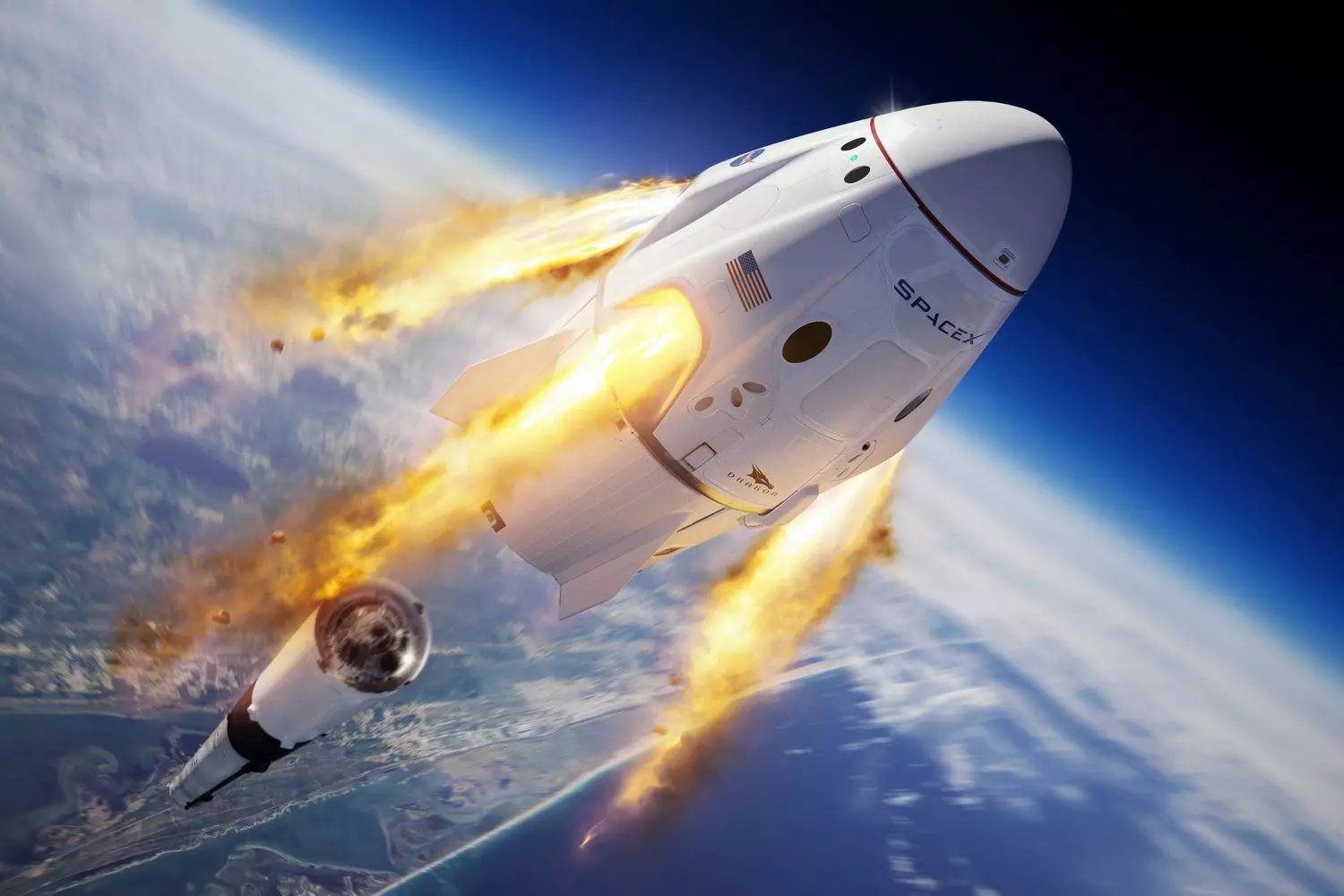
Starlink — A Global Satellite Internet Network
The Starlink project is one of SpaceX's most ambitious initiatives, aimed at creating a global satellite network that provides high-speed internet across the planet. Unlike traditional satellite and ground-based internet networks, Starlink uses hundreds of small satellites in low Earth orbit, enabling a more stable and faster connection.
- As of early 2025, more than 4,600 Starlink satellites are in orbit, and this number continues to grow as SpaceX actively expands its infrastructure. A key feature of the project is that Starlink provides internet in areas where traditional connection methods are either impossible or too costly. This is particularly useful for remote and hard-to-reach regions, such as rural areas or island nations, where traditional internet infrastructure is either absent or underdeveloped.
- The number of users of the service has already surpassed 4 million, demonstrating the high demand and popularity of this type of connection. The project has enormous potential to improve connectivity in countries like India, Kenya, and many other developing nations where access to quality internet remains limited.
- It’s important to note that the Starlink project holds not only commercial significance but also strategic value. It is helping to increase access to information and education across the globe, and it could become an integral part of the world’s digital infrastructure in the future.
Aerobatics flights
SpaceX Headquarters and Infrastructure
The headquarters of SpaceX is located in Hawthorne, California. This is the center of the company's administrative and engineering work, where new space technologies are developed and all activities are managed. However, SpaceX’s infrastructure goes far beyond just this location. The company operates several key facilities that play crucial roles in the development, assembly, and launch of rockets.
SpaceX Manufacturing Facilities
- Hawthorne Factory
This is the main production site where the Falcon 9, Falcon Heavy, and Crew Dragon rockets are built. Here, the company designs and assembles both the launch vehicles and the spacecraft for crewed missions. - Cape Canaveral Launch Complex, Florida
One of the primary launch sites, from which regular missions are conducted for both commercial clients and NASA. Cape Canaveral holds strategic significance as a historic site for space launches in the U.S. - Boca Chica Launch Site, Texas
This is the testing center and primary launch site for the Starship rocket. SpaceX conducts numerous tests and developments here for its new rocket system, which is intended for deep space missions, including Mars colonization. - Autonomous Drone Ships for Rocket Landings
To ensure the reusability of its rockets, SpaceX employs specialized autonomous sea platforms for landings. These platforms receive the first stage of the Falcon 9 and Falcon Heavy rockets after completing their missions. They allow the company to cut launch costs, as reusing rockets significantly reduces the price of space missions.
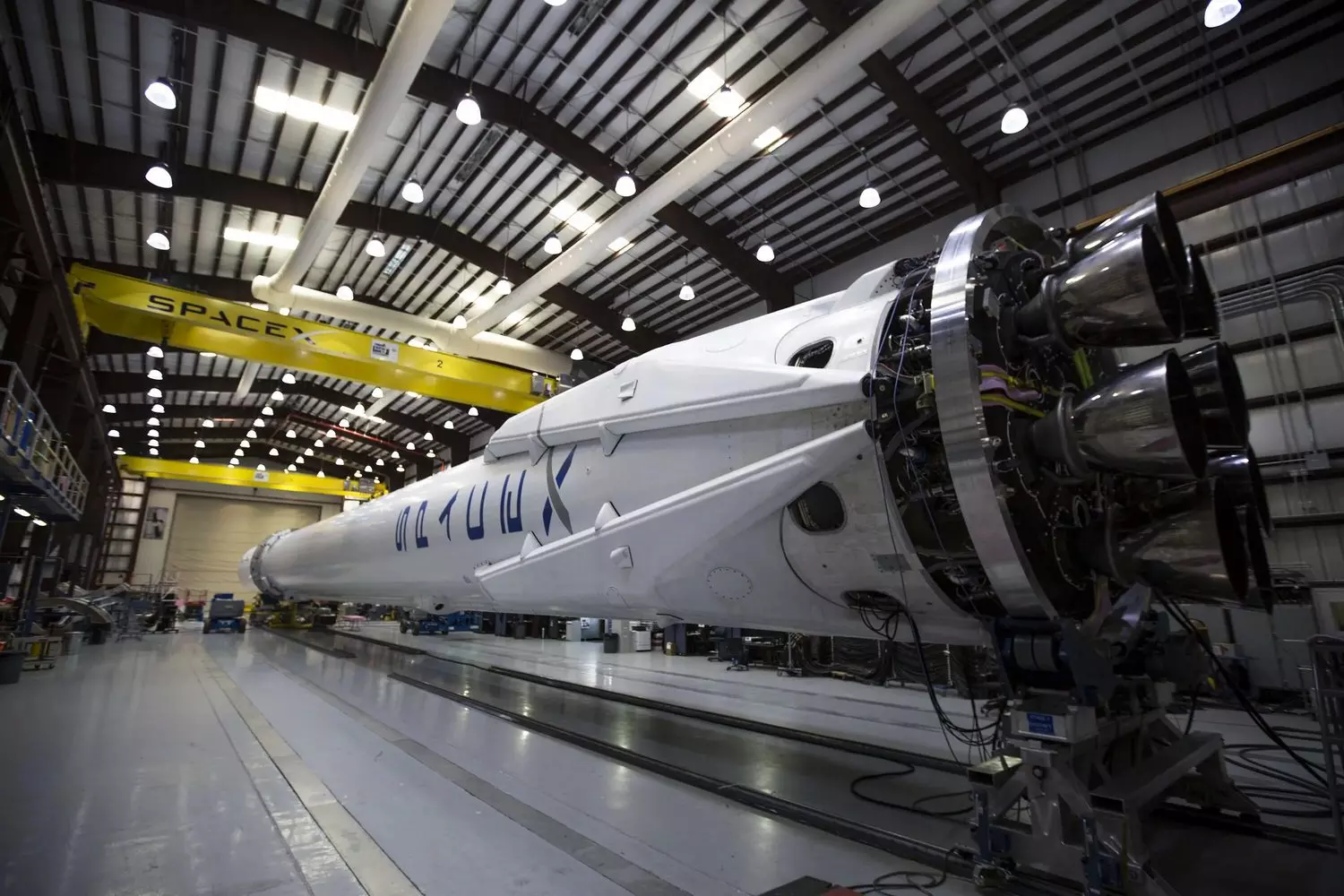
A Guide to the Future of Space
SpaceX's achievements have not only propelled humanity forward in space exploration, but they have also opened new frontiers for the research and commercialization of space technologies. Through the company’s ambitious projects, we are witnessing a true revolution in the space industry. Innovations such as reusable rockets, Mars flights, satellite systems, and new approaches to lunar and Martian colonization are making space more accessible than ever before.
SpaceX continues to push the boundaries of what’s possible, and this will undoubtedly leave a lasting mark on human history. The future of space exploration now depends not only on governments but also on private companies like SpaceX. Their efforts have reduced the cost of space travel and created more reliable and efficient technologies that will be used in the future.
If you want to be a part of this exciting journey, learn about cutting-edge technologies, and experience incredible moments related to space, American Butler is ready to offer you unique opportunities. Dive into the future of space technology with us and witness historical launches that will change the course of human development!
































